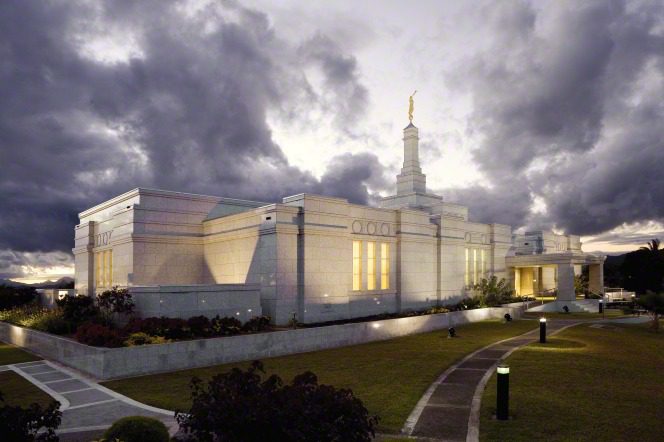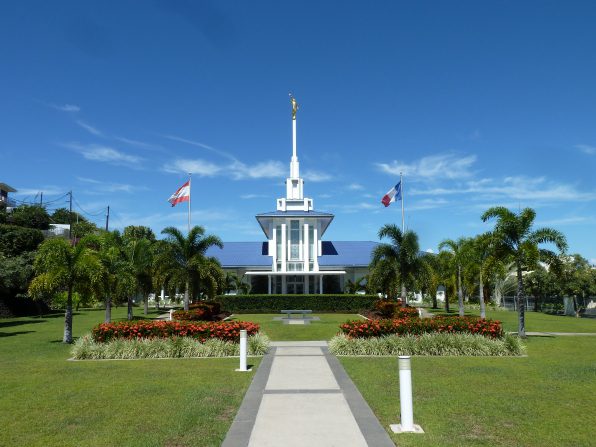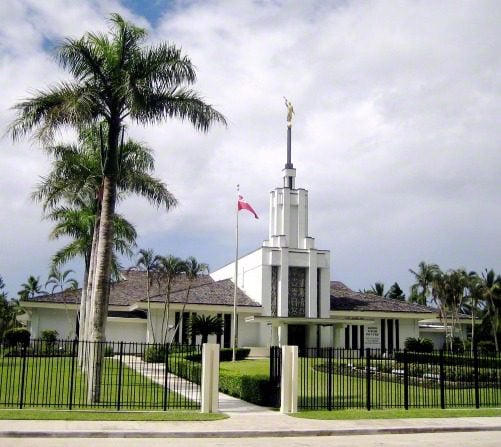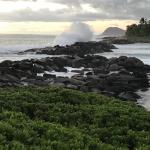
It seems that for roughly one thousand years, the Lapita people consolidated some of the basic Polynesian cultural characteristics, like the language and religious beliefs and concepts like, for example, mana, as well as the pantheon of gods. They also formed the roots of a social system with kinship and ranks, which are today linked with the Polynesian civilization. It could also be theorized that, over time, they also improved and advanced their maritime technology and techniques. Around 700 CE, they resumed their eastward explorations, reaching the Cook Islands, Tahiti, and the rest of what is today French Polynesia. By then, the Lapita were transformed into the Polynesians, a change that is marked by the loss of their distinctive pottery.Over the next several hundred years, the Polynesian people spread across what is today known as Polynesia, which roughly stretches from Samoa in the west to Easter Island in the east and Hawaii in the north to New Zealand in the south. This is a rather wide area that covers large chunks of open waters in the Pacific Ocean. The astonishing feat of covering such large distances and treacherous seas has made some modern scholars doubt if these Polynesian voyages were deliberate. For Western historians, it seemed inexplicable that a culture that seemed far inferior to any in Europe or around the Mediterranean Sea could travel so far, especially considering their Western contemporaries barely managed to leave their coasts. However, modern researchers have almost undoubtedly proved that the Polynesians, like their Austronesian ancestors, sailed with full intent and the knowledge of how to do so with minimal risks. . . .Coupled with their planning techniques were their well-crafted outrigger canoes. They sometimes used the double outrigger design. Here, it is important to note that our minds often link canoes with small vessels, like a rowboat carrying a few people. However, the Polynesians, like other branches of the Austronesian people, built large ships capable of carrying dozens of people, with the boats powered by sails and the wind. It is also worth noting that the Polynesian sailors were capable navigators. They knew how to navigate with the help of the sun and the stars, and they used various methods, like spotting birds and cloud formations, to deduce if there was land beyond the visible horizon. They would pass this information on to other navigators and make repeated voyages, further reinforcing the notion that their trips were deliberate.If that wasn’t enough to prove the maritime quality and capability of the Polynesian explorers, then there is the fact that, according to some research, they reached as far east as the western coasts of South America. There is some evidence to support such claims. The Polynesians cultivated sweet potatoes before the arrival of Europeans to the region. The sweet potato or batata, often mistakenly referred to as yams, originated in Central or South America. Thus, the Polynesians managed to reach the American continent before Christopher Columbus. On the Cook Islands, archaeologists found traces of this vegetable as early as the 11th century CE, prompting some scholars to deduce that Polynesian trips to the Americas must predate this century. Some bolder claims date Polynesian contact with the Americas to possibly the 8th century, though there is no evidence to support these claims. Another interesting facet of this implied contact is the fact that in various Polynesian languages, sweet potato is called kumara (also known as kumala or umala), while Bolivian and Peruvian Quechua sometimes refer to the plants as kumara or kumar, which is strikingly similar.Apart from the sweet potato, some genetic studies of both chicken and human remains infer possible contact. In the case of human remains, several DNA markers found on certain Polynesian remains showed some mixture with the genes of the natives on the Columbian coast. Some scholars proposed this was a result of a single contact that took place in the late 12th or early 13th century. Also, some chicken remains found on the Chilean coast were dated to the early 14th century, with some of its genes sharing similarities to thedomesticated chickens raised by the Polynesians. This has led some scholars to theorize that the Polynesians brought domesticated poultry to the Americas. However, these theories are still relatively new, and there is no conclusive scholarly agreement on them. Similarly, even less conclusive are the linguistic similarities found in a few words. Nevertheless, even if the linguistic and genetic similarities are completely disregarded, the unwavering evidence in the form of the kumara proves that the Polynesians reached South America most likely more than once. (5-9)

We’re commonly portrayed as nice but comically rather dull and dimwitted naïfs (think of Broadway’s musical The Book of Mormon). At the same time, we seem to be fascinatingly salacious. The streaming channel Hulu, at least, can’t seem to get enough of us:
- “New Hulu series puts Latter-day Saints in the spotlight again. Is it time to address religious stereotypes in the media?”
- “Those sexy Mormon swingers: Here’s the reality that will never feature in a ‘reality’ TV series: Most Mormons are deeply, predictably, embarrassingly boring when it comes to their sex lives.”
We’re also routinely accused in some circles — or, at least, our leaders (a group that includes not only General Authorities of the Church but also local stake presidents and bishops) are routinely accused — of being serenely indifferent to child sex abuse. It is said, quite falsely, that sexual abuse is rife within the Church and that the Church maintains a sex abuse hotline for local leaders in order to cover such offenses up and to avoid legal culpability for our actions. Very recently, in this light, certain critics of the Church have ben celebrating the charge against a Pennsylvania stake president that he failed to report a case of child abuse. There might, though, be another side to this story. One that fails to make the Church look evil: “Church calls charge against Latter-day Saint stake president ‘misguided’: Court date set for Friday in failure to report child abuse case in Pennsylvania” Don’t expect it to get much coverage in the media, though. Don’t hold your breath for a miniseries on Hulu.

This is a good essay, and it even features the Church of Jesus Christ of Latter-day Saints. In my very limited direct personal experience with Richard J. Mouw — in debate settings, no less — he really has been a civil, pleasant, and fair-minded person: “Timeless Truths: Encouraging Civil Discourse.”

Here are a few more installments — I parcel them out in small doses so as not to overwhelm my readers with the sheer horror of it all — from the Christopher Hitchens Memorial “How Religion Poisons Everything” File™:
- “Historic Black Cemetery Restored With Help From Local Latter-day Saints”
- “Religious People Coped Better with Covid-19 Pandemic”
- “How Service United a Colorado Community at Christmas: Missionaries, members, JustServe volunteers and people from several faiths work together in Pueblo”
- “Church responds to Japan earthquake with donations, service and relief: Missionaries and members clean, serve, deliver, donate and give other efforts in the month after Noto Peninsula earthquake”
We can only hope that, if theism really is declining, such traumatic crimes will eventually fade away and be forgotten.
Posted from Ko Olina, O’ahu, Hawai’i












